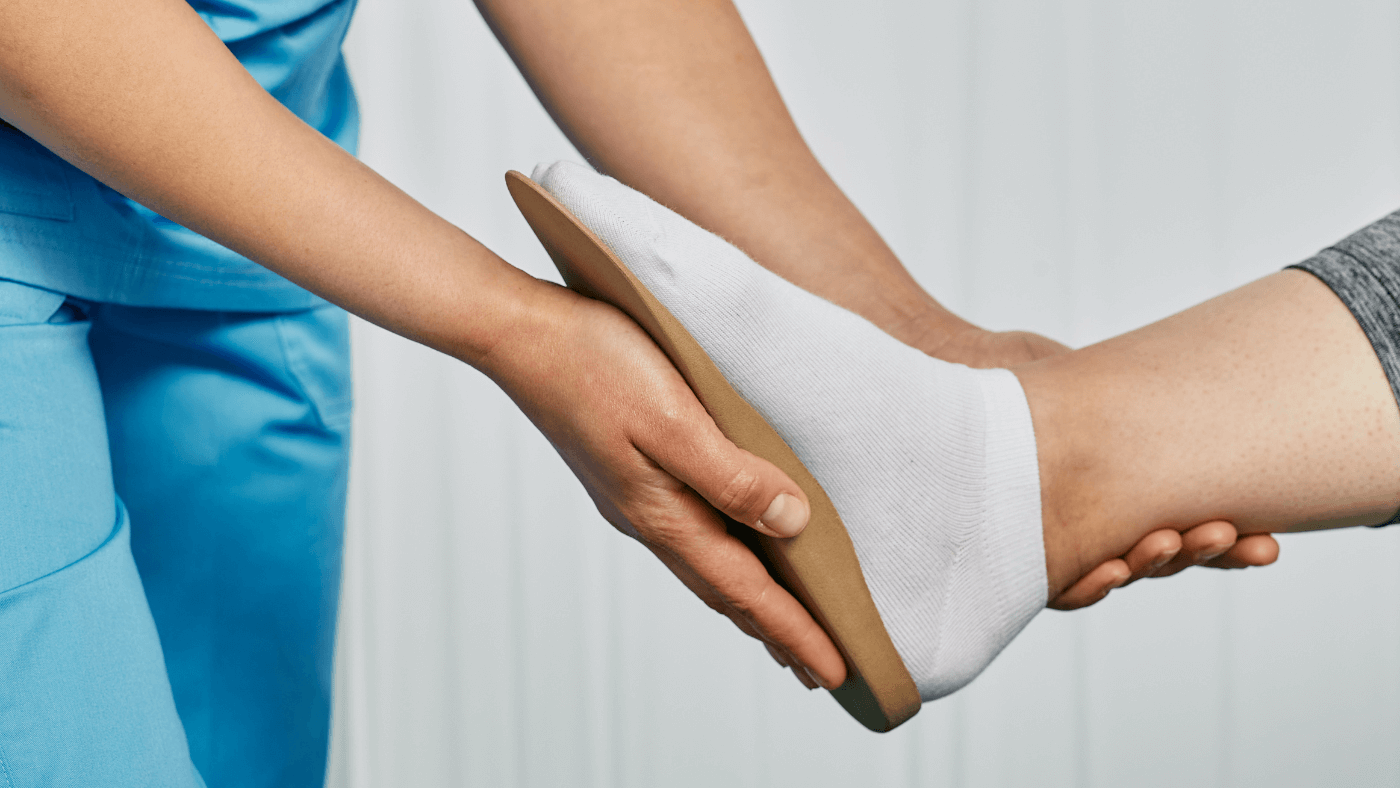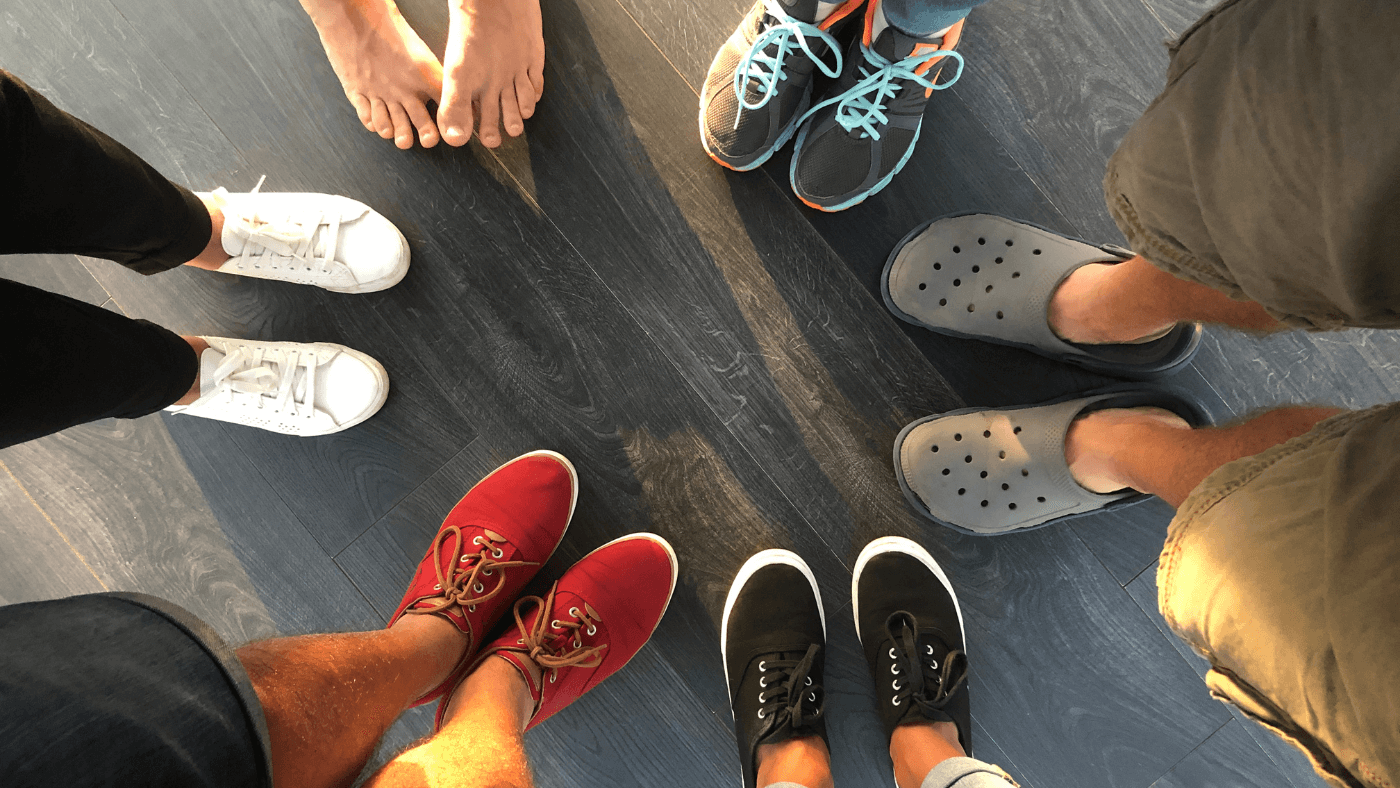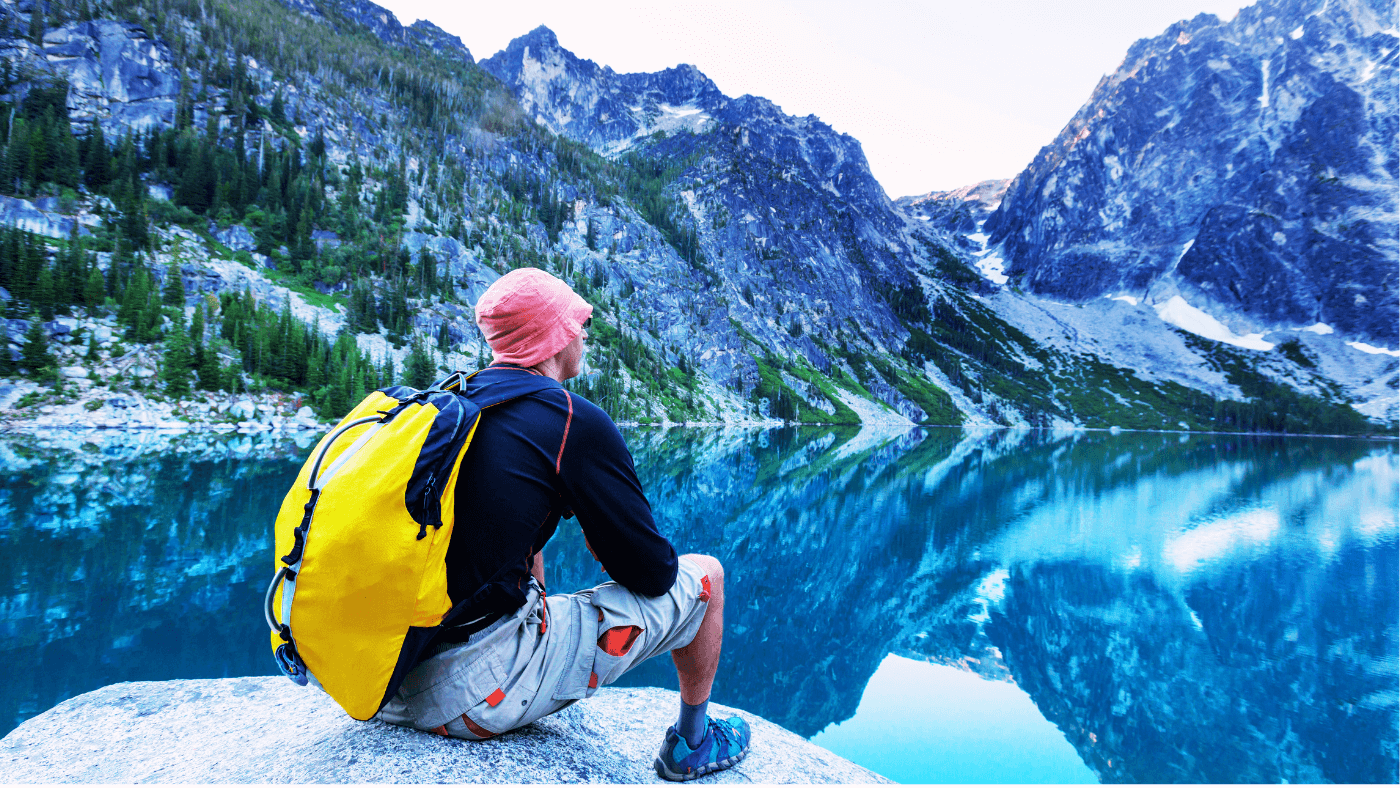I. Introduction: What Are Barefoot Shoes?
Barefoot shoes, often known as minimalist shoes, are designed to mimic the feeling and biomechanics of walking or running without traditional footwear. Unlike conventional shoes, which often feature cushioned heels and arch support, barefoot shoes have thin, flexible soles and wide toe boxes. These features encourage natural foot movement and greater sensory feedback.
Originating from the idea that modern footwear can alter our gait and posture, these shoes aim to let your feet operate as freely and naturally as possible. Brands like Vivobarefoot, Merrell, and Vibram FiveFingers have popularized this type of footwear, making them a viable option for both casual and athletic activities.
But why are these shoes gaining popularity? They offer numerous benefits, from improved balance to enhanced muscle strength in your feet. They can provide a closer connection to the ground, which can improve your proprioception—your ability to sense the position and movement of your body.
Considering the growing interest and the potential advantages of shifting to minimalistic footwear, it’s no surprise that many people are curious about whether they can wear these shoes every day. In this article, we’ll explore the benefits, risks, and tips for making the transition to wearing barefoot shoes on a regular basis. Whether you're an avid runner, a busy professional, or someone who simply enjoys the feel of natural movement, these shoes could be a game-changer for you.
II. The Benefits of Wearing Minimalist Shoes Every Day
Wearing minimalist shoes daily offers numerous benefits that go beyond just comfort. These shoes are designed to mimic natural foot movement, allowing for a healthier and more ergonomic experience. One of the primary advantages is improved foot strength. Traditional shoes often support the foot too much, leading to underused muscles. Minimalist shoes allow your feet to work hard, strengthening muscles, tendons, and ligaments over time.
Another significant benefit is better proprioception. Proprioception refers to the body's ability to sense its position and movement in space. Minimalist shoes enhance this by providing more tactile feedback from the ground. This can lead to improved balance and coordination, which is especially beneficial for activities like hiking and running.
Furthermore, these shoes promote a more natural walking and running gait. Without the elevated heels found in many traditional shoes, your posture, and alignment improve. This can help reduce common issues such as back pain, knee pain, and even foot deformities like bunions.
Some studies also suggest that these shoes can help alleviate chronic foot conditions, including plantar fasciitis. The natural support and flexibility train your feet to move correctly, potentially relieving pain over time.
Lastly, minimalist shoes are versatile and can be stylish, fitting seamlessly into both casual and professional settings. This makes it easier to wear them every day without sacrificing style or comfort.
Incorporating minimalist shoes into your daily routine can offer long-term health benefits, making them a worthwhile investment for both your feet and overall well-being.
III. Potential Risks and How to Mitigate Them
While minimalist shoes boast numerous benefits, there are potential risks associated with transitioning to them, especially if done too quickly. One of the main concerns is the sudden lack of support and cushioning that traditional shoes offer, which can result in strain or injury to your feet. Here’s how you can mitigate these risks:
- Gradual Transition: Ease into wearing minimalist shoes by gradually increasing the amount of time you spend in them each day. Start with short walks and build up to longer periods. This allows your feet and muscles to adapt to the different demands placed on them.
- Strength Training: Incorporate foot-strengthening exercises into your routine. Exercises like toe curls, calf raises, and arch lifts can help build the necessary strength and resilience in your feet.
- Proper Sizing and Fit: Ensuring that your shoes fit correctly is crucial. Shoes that are too tight can lead to friction and blisters, while those that are too loose may cause instability. Always try on minimalist shoes before purchasing, or follow the manufacturer's sizing guide closely.
- Surface Considerations: Pay attention to the surfaces you walk on. While minimalist shoes are designed to mimic natural foot movement, initially avoiding overly hard or rough terrains can prevent excessive strain.
By taking these precautions, you can enjoy the benefits of minimalist shoes while minimizing the risk of injury or discomfort. Transition carefully and listen to your body to make the most out of this footwear choice.
IV. Transitioning to Minimalist Shoes: Tips for Beginners
Switching to minimalist shoes can be highly beneficial, but it's essential to make the transition gradually to avoid discomfort or injury. Here are some practical tips to help beginners ease into wearing minimalist shoes every day:
- Start Slow: Begin by wearing minimalist shoes for short periods, like during a quick trip to the store or a brief walk. Gradually increase the duration as your feet adapt.
- Choose the Right Pair: Not all minimalist shoes are created equal. Look for a pair with thin, flexible soles and a wide toe box to allow natural foot movement.
- Listen to Your Body: Pay attention to how your feet feel. Soreness or minor aches are normal at first, but persistent pain could signal you're doing too much too soon.
- Strengthen Your Feet: Incorporate foot exercises into your routine to build strength and flexibility. Simple activities like toe curls, calf raises, and balance drills can make a difference.
- Alternate Footwear: Don't ditch your traditional shoes right away. Alternate between them and your minimalist shoes during the transition period to give your feet a break.
- Consider Your Surface: Soft and varied terrain, like grass or trails, are easier on your feet when you're starting out. Avoid hard surfaces until you're more accustomed to minimalist shoes.
By following these tips, you can successfully integrate minimalist shoes into your daily life, reaping their benefits while minimizing the risk of injury. Transitioning mindfully ensures a more comfortable and enjoyable experience.
V. Everyday Activities and Minimalist Shoes: A Versatile Choice
When it comes to day-to-day activities, minimalist shoes offer a remarkably versatile option for footwear. Unlike traditional shoes, minimalist shoes are designed to mimic the natural shape and movement of your feet, making them suitable for a variety of activities. Here’s why you might find minimalist shoes to be the perfect companion for your daily tasks.
Office Setting
Wearing minimalist shoes in a professional environment can actually be quite comfortable. They offer flexibility and breathability, which can be especially beneficial if you have a desk job. Plus, many minimalist shoe designs are sleek enough to blend in with business casual attire.
Exercise and Fitness
Minimalist shoes are excellent for workouts, whether you're into running, yoga, or weightlifting. They provide a better ground feel and more natural movement, which can enhance your performance and reduce the risk of injury.
Casual Outings
For everyday errands or casual outings, minimalist shoes provide a comfy alternative to regular sneakers. Their lightweight nature means your feet won't feel cramped or tired, even after a long day of walking.
Outdoor Activities
Hiking, gardening, or even casual strolls in the park can be more enjoyable in minimalist shoes. They offer better grip and allow your feet to move naturally, making outdoor activities more pleasurable.
Travel
Traveling often involves walking long distances, standing in lines, or hurriedly catching a flight. Minimalist shoes are lightweight and easy to pack, offering comfort and convenience for travelers.
Whether you're at the office, hitting the gym, running errands, or exploring the outdoors, minimalist shoes offer a versatile, comfortable, and practical option for everyday use.
VI. Conclusion: Are Barefoot Shoes Right for You?
Deciding whether barefoot shoes are the best choice for you hinges on several factors, including your lifestyle, foot health, and personal preferences. While barefoot shoes offer numerous benefits like improved foot strength, better balance, and a more natural walking experience, they are not suitable for everyone.
Orthopedists generally agree that barefoot shoes can be a great option for people with healthy feet and who enjoy activities like walking, running, or hiking on natural surfaces. However, those with specific foot conditions such as flat feet, plantar fasciitis, or bunions might not find barefoot shoes comfortable or beneficial. In fact, they might exacerbate these issues.
For people who are new to barefoot shoes, it's crucial to transition gradually. Starting slowly can help your feet adapt without causing undue stress or injury. It can also be helpful to consult a healthcare provider or a trained specialist to assess whether barefoot shoes are a good fit for your unique needs.
Comparing barefoot shoes with traditional footwear, the main takeaway is customization. What works for one person may not work for another. Traditional shoes might offer better support and cushioning for people who spend long hours on hard surfaces, while barefoot shoes might be more suitable for those looking for a minimalistic, natural approach.
In the end, the key is to listen to your body and consult with experts if you're unsure. This way, you can make an informed decision that best supports your lifestyle and foot health.










